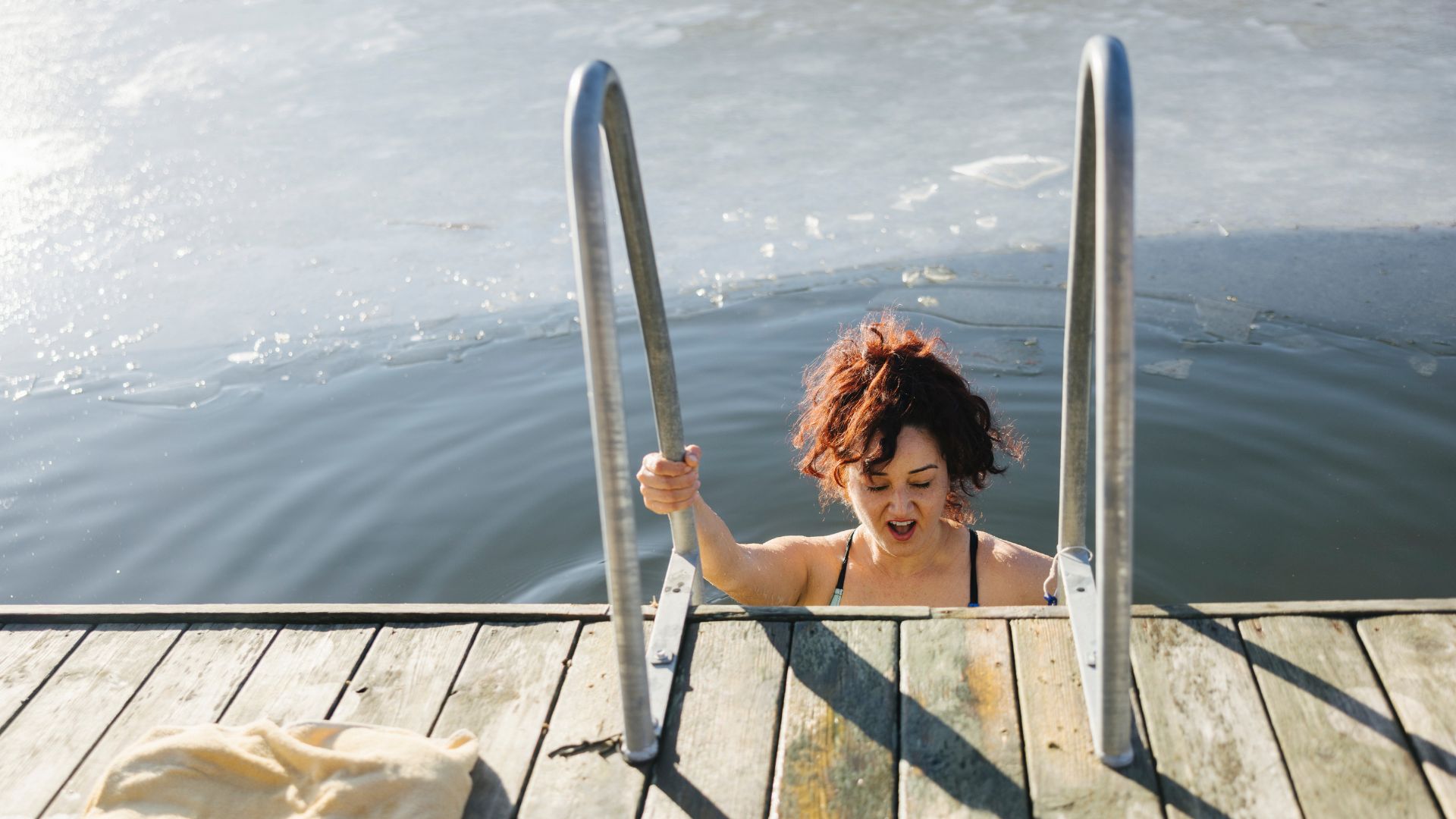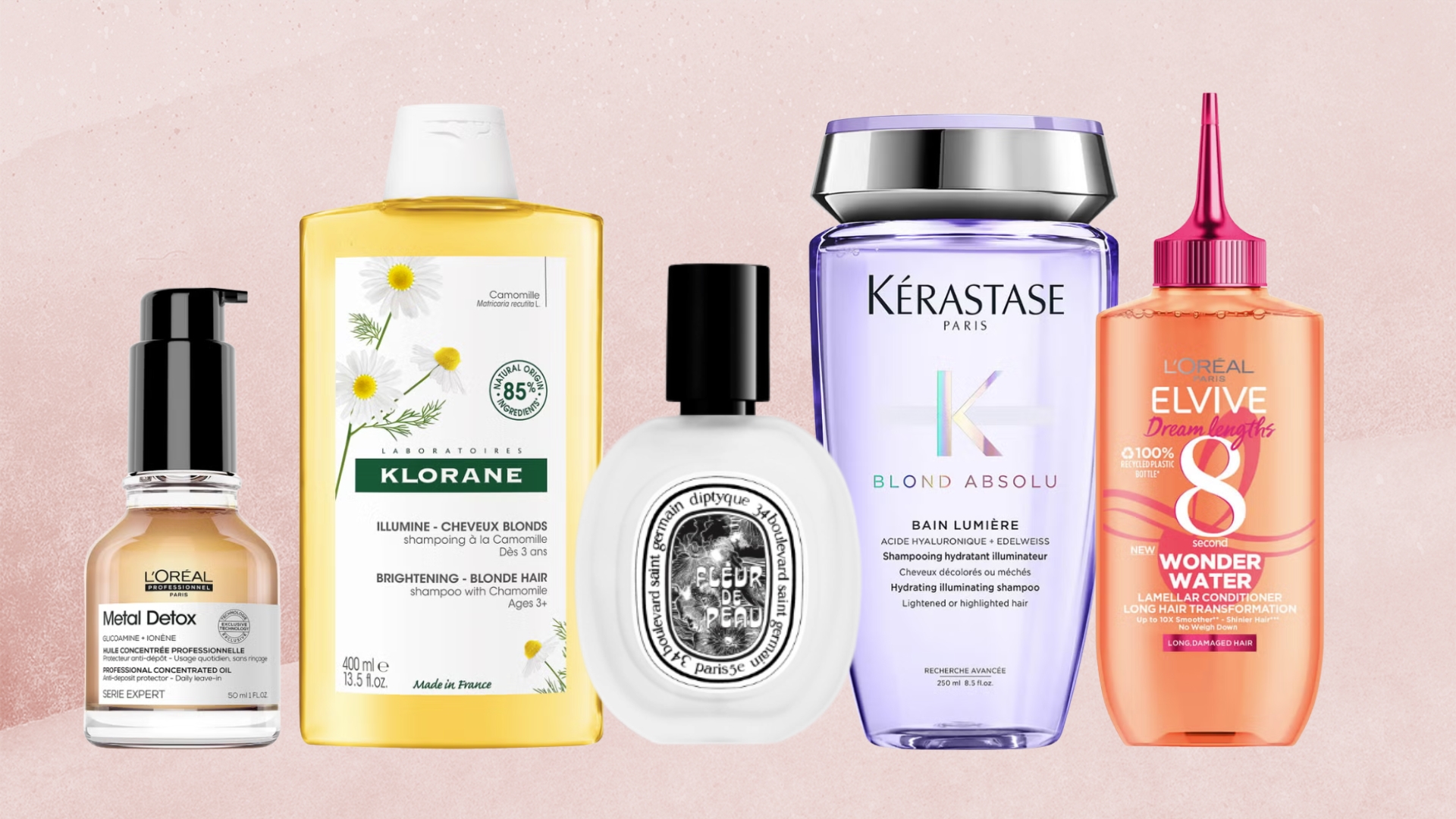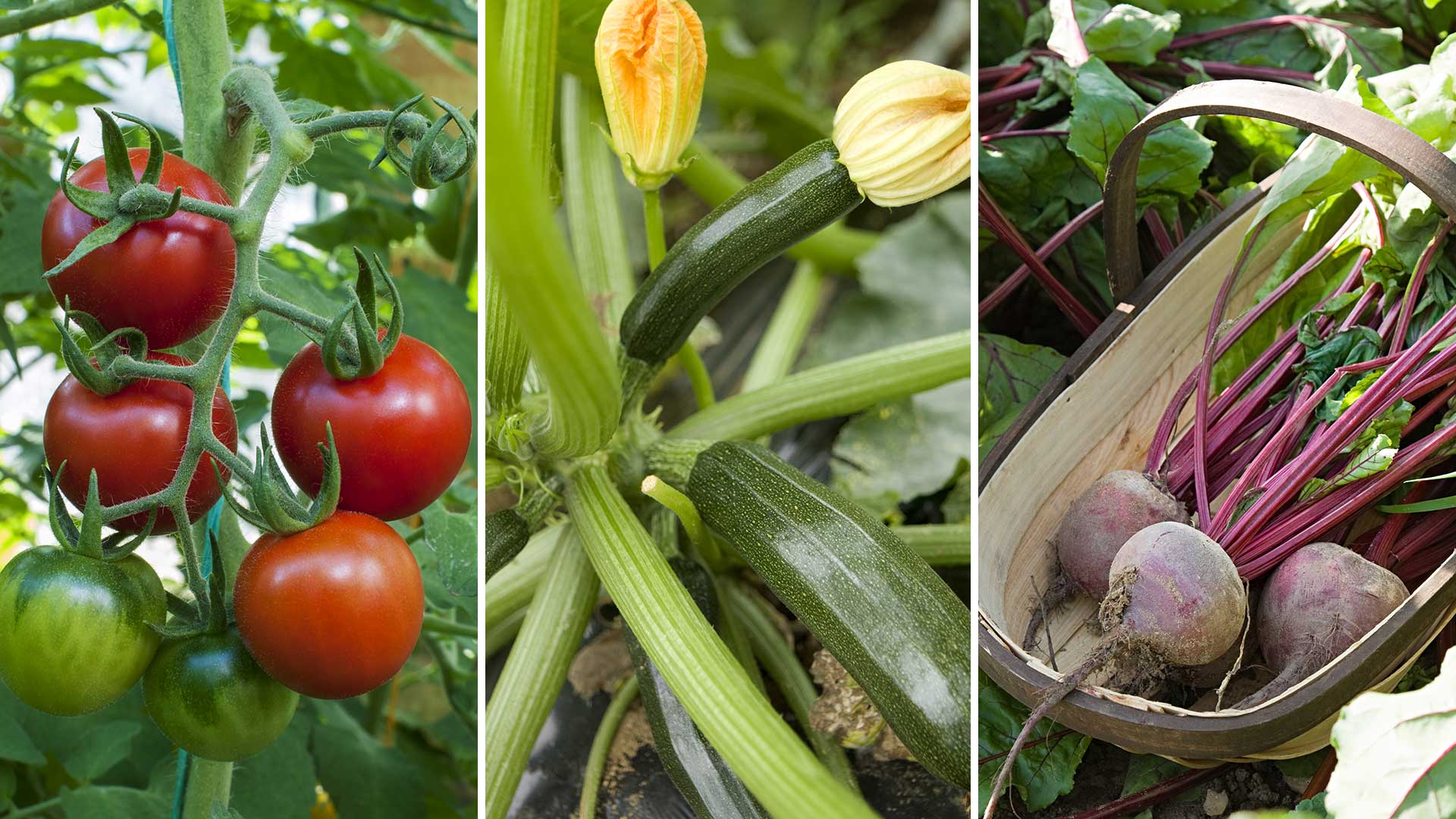Are ice baths good for you? This longevity expert says there's 'no benefit' for women - here's why
It's good news for those who'd rather avoid an icy dip, as a leading longevity expert has revealed why ice baths might not have positive effects for women


Scrolling through social media over the last few years, you'd think a dip in ice-cold water was the route to wellness. With premium brands making waves and celebrities from Holly Willoughby to Lady Gaga jumping on the trend, it's easy to see why the cold plunge became so popular.
If you're struggling with menopause symptoms, someone has also probably suggested you get into icey water to quell symptoms like hot flushes and night sweats.
Well, for women, the benefits of cold plunging may not be as lucrative as they're made out to be. Like most studies, the research on ice bathing and cold plunging has been done on men.
Are ice baths good for you?
Dr Stacey Sims, an exercise physiologist, nutrition scientist, and longevity expert, says women have a very different reaction to the extreme cold.
On an episode of the Science & Soul podcast with host Dr Kristen Holmes, the researcher called the "intense" trend a "fad" and revealed that women may not benefit from an icy dip as much as men.
"When women get into ice, it is such a strong stress and a severe vasoconstriction that the body goes into that sympathetic drive, and women don't start to shiver," she says.
Shivering is how our bodies warm up and deal with the cold. It increases our metabolic rate and calorie burn, which can help improve glucose tolerance, fat metabolism, and other cited benefits of cold plunging.
Sign up for the woman&home newsletter
Sign up to our free daily email for the latest royal and entertainment news, interesting opinion, expert advice on styling and beauty trends, and no-nonsense guides to the health and wellness questions you want answered.
"[Women] just have this incredible stress, and the body is like 'ahhhh'. So, from a physiological and metabolic standpoint, there is no benefit to being in cold. Like ice cold," she says.
Dr Stacy Sims is an internationally recognised researcher who has spent decades studying how exercise, nutrition and medicine affect women. She's known for her mantra, "Women are not small men", and regularly shares insights on Instagram into the benefits of strength training for women.
A post shared by scienceandsoul (@scienceandsoul)
A photo posted by on
As much as thousands of women swear by cold plunging to ease a plethora of symptoms, as many (if not more) would rather do literally anything else. For those who enjoy it, continue as you like. For those who baulk at the concept of getting into water with iceles floating on the top, this is a reason to stay away.
Dr Stacey Sims does stand by the benefits of cold water swimming, though - provided you don't have to crack any ice. She says that once you reach higher temperatures (but still pretty chilly) of about 15 to 16 degrees Celsius, "we will see that women get in [the plunge/bath], vasoconstrict, and then shiver".
"When you start shivering, that's when you start to have your metabolic effects, the positive metabolic outcomes. Ice is way too cold," she says.
The average outdoor, unheated pool in the UK is about 20 degrees Celsius in April, so the recommendation is even colder than that.
What about saunas?
On the other end of the spectrum, we have saunas. While these have been around for hundreds of years, they've joined the cold plunge as a 'must-do' wellness habit. Are they all they're cracked up to be for women?
It turns out, yes, according to Dr Stacey Sims. "Women do better in the heat. When we look at sauna exposure, women can tolerate heat a lot more than men. A woman can sit in there, sit up high, 20 minutes or so, not sweating yet, absorbing heat, vasodilate, it's great," she told Mel Robbins on an episode of her podcast.
"We're heating ourselves, our body's responding to it by something we call 'heat shock protein responses'. So these little proteins that will uncouple and then re-couple and be better for it. It's creating a whole cellular change," she says.
The muscle changes with this, and it's better able to use glucose and fat, she says. "We're also increasing blood flow to the brain, improving our blood vessels so they respond to constriction and dilation a lot faster, which is important as we get older and hit perimenopause and start having blood pressure problems," Dr Sims notes. This is why a sauna is the go-to for many people after going to the gym, as it can help with recovery.
"It also allows us to hit higher temperatures on the outside", she adds, making a trip to the sauna a good way to acclimatise to warmer temperatures.

Grace Walsh is woman&home's Health Channel Editor, working across the areas of fitness, nutrition, sleep, mental health, relationships, and sex. She is also a qualified fitness instructor. In 2025, she will be taking on her third marathon in Brighton, completing her first ultra marathon, and qualifying as a certified personal trainer and nutrition coach.
A digital journalist with over seven years experience as a writer and editor for UK publications, Grace has covered (almost) everything in the world of health and wellbeing with bylines in Cosmopolitan, Red, The i Paper, GoodtoKnow, and more.
-
 French haircare is our beauty team's (not so) secret to chic and hydrated strands - these are the 5 formulas to invest in
French haircare is our beauty team's (not so) secret to chic and hydrated strands - these are the 5 formulas to invest inWe'd love to do as the French women do and keep mum on our go-to haircare buys, but they're simply too good not to share...
By Naomi Jamieson Published
-
 Vegetables to plant in April: 8 crops to start now for a delicious harvest later in the year
Vegetables to plant in April: 8 crops to start now for a delicious harvest later in the yearDiscover which vegetables to plant in April, and top tips for growing success
By Holly Crossley Published